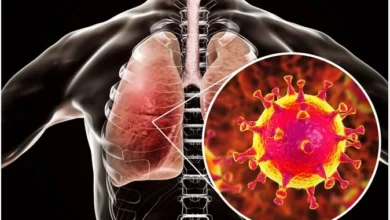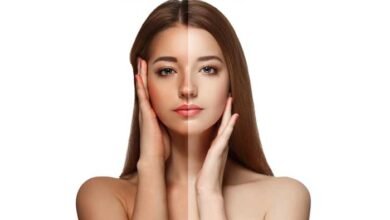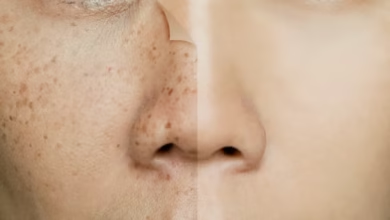Annoying allergies : Types, Symptoms, and Treatment
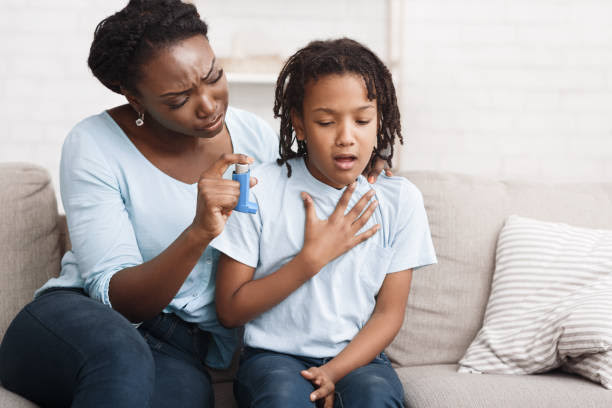
Allergies can be incredibly frustrating and disruptive to daily life, leading to sneezing, itching, congestion, and other unpleasant symptoms. Unfortunately, allergies are extremely common and affect millions of people every year. In this article, we will discuss the most common Annoying allergies Types, how to identify them, and the various treatment options available.
Annoying allergies : Types
1. Common Allergies:
There are many different Annoying allergies Types but some are more common than others. Seasonal allergies, also known as hay fever, affect millions of people each year. These allergies are triggered by airborne allergens such as pollen, mold, and dust mites. Allergies to pets, specifically cats and dogs, are also very common. Food allergies can range from mild to severe, and can be triggered by a variety of foods such as peanuts, shellfish, and dairy products. Finally, indoor allergies caused by dust, mold, and pet dander are another common type.
2. Seasonal Allergies:
Seasonal allergies are caused by airborne allergens such as pollen, mold, and dust mites. These Annoying allergies types are most common in the spring and fall when pollen counts are high. The symptoms of seasonal allergies can be very similar to a cold, but they last longer and are not usually accompanied by a fever. Treatment for seasonal allergies may include over-the-counter antihistamines, nasal corticosteroids, and decongestants.
3. Outdoor Allergies:
Outdoor allergies are caused by allergens such as pollen and mold that are present outside. Symptoms of outdoor allergies are similar to those of seasonal allergies and can be treated with over-the-counter medications such as antihistamines and decongestants. If symptoms are severe, prescription medications such as nasal corticosteroids may be necessary.
4. Allergies and Asthma:

Allergies can also trigger asthma symptoms in people who have asthma. The symptoms of asthma include wheezing, coughing, and difficulty breathing. People with asthma may need to take additional medications to control their symptoms during allergy season.
5. Indoor Allergies:
Indoor allergies are caused by allergens that are present in the home such as dust, mold, and pet dander. Symptoms of indoor allergies are similar to those of seasonal allergies, but they can occur year-round. To reduce indoor allergies, it is important to keep the home clean and free of dust and mold. This may involve using air filters, vacuuming frequently, and washing bedding and curtains regularly.
Allergies symptoms
Allergies are a common condition that affects many people around the world. They occur when the immune system reacts to a foreign substance, also known as an allergen, that is typically harmless to most people. The symptoms of allergies can range from mild to severe, and they can vary depending on the individual and the Annoying allergies types. In this article, we will discuss some of the most common symptoms of allergies.
-
Sneezing
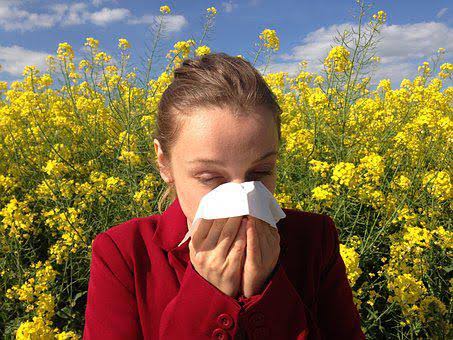
Sneezing
Sneezing is a common symptom of allergies. It occurs when the body tries to expel the allergen from the nose. Sneezing can be a single occurrence or can happen repeatedly in a short period. It can be accompanied by an itchy nose, eyes, and throat.
-
Runny or stuffy nose
Another common symptom of allergies is a runny or stuffy nose. This occurs when the body produces excess mucus in response to the allergen. A stuffy nose can make it difficult to breathe, while a runny nose can be annoying and uncomfortable.
-
Itchy, watery eyes
Itchy, watery eyes are another symptom of allergies. They occur when the immune system responds to an allergen in the environment. This can cause the eyes to become red, swollen, and itchy. Eye drops or antihistamines can help relieve this symptom.
-
Skin rash

Allergies can also cause a skin rash. The rash can be itchy, red, and inflamed. It can occur anywhere on the body, but is most commonly found on the face, arms, and legs. The rash can be treated with over-the-counter creams and ointments.
-
Hives
Hives are another common symptom of allergies. They are red, raised bumps that appear on the skin. Hives can be itchy and uncomfortable. They can also be a sign of a more severe allergic reaction, so it is important to seek medical attention if they occur.
-
Difficulty breathing
In severe cases, allergies can cause difficulty breathing. This is known as anaphylaxis and is a medical emergency. Anaphylaxis can be life-threatening and requires immediate medical attention. Symptoms include difficulty breathing, wheezing, and swelling of the throat or tongue.
Causes of allergy
Pollen ,Dust mite ,Mold ,Pet dander ,Insect stings ,Latex
How to reduce allergy in naturally
-
Limit exposure to allergens:
The best way to reduce allergies naturally is to limit your exposure to allergens. This can be done by avoiding known allergens, such as pollen, dust, and pet dander, as much as possible. You can also reduce your exposure to allergens by keeping your home clean and using air purifiers and dehumidifiers to improve indoor air quality.
-
Use nasal rinses:
Nasal rinses can help flush allergens out of your nasal passages and reduce inflammation. You can make a saline solution at home using salt and distilled water, or you can purchase a pre-made nasal rinse kit.
-
Eat a healthy diet:
Eating a healthy diet that is rich in fruits and vegetables can help boost your immune system and reduce inflammation. Some foods, such as onions, garlic, and ginger, may also have natural antihistamine properties that can help reduce allergy symptoms.
-
Drink herbal tea:
Some herbal teas, such as chamomile, peppermint, and nettle, may have natural antihistamine properties that can help reduce allergy symptoms. Drinking a cup of tea daily may help reduce inflammation and improve respiratory function.
-
Use essential oils:
Some essential oils, such as lavender and eucalyptus, may have natural anti-inflammatory and antihistamine properties that can help reduce allergy symptoms. You can use essential oils in a diffuser, add them to your bath, or use them in a massage oil..
-
Exercise regularly:
Regular exercise can help boost your immune system and reduce inflammation, which may help reduce allergy symptoms. However, it is important to exercise indoors on high pollen count days to avoid exposure to allergens.
-
Get enough sleep:
Getting enough sleep is important for overall health and can also help reduce allergy symptoms. Lack of sleep can weaken the immune system and increase inflammation, which can make allergy symptoms worse.
In conclusion, while there is no cure for allergies, there are many natural remedies that can help reduce symptoms and improve quality of life. By limiting your exposure to allergens, eating a healthy diet, using nasal rinses, drinking herbal tea, using essential oils, exercising regularly, and getting enough sleep, you can help reduce your allergy symptoms and feel better naturally. However, it is important to speak with a healthcare provider before starting any new natural remedies, especially if you are currently taking medication for allergies.
Can blood allergy be cured permanently?

